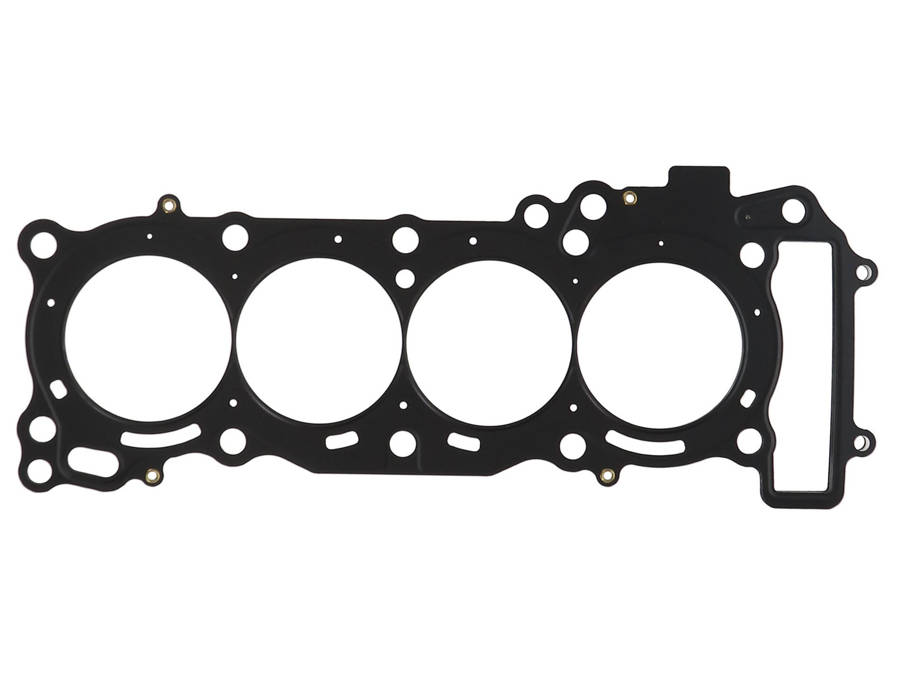In many cases, owners of Subaru vehicles will need to replace the head gaskets. Because at some point, Subarus are prone to head gasket failures. For budgetary concerns, it is crucial to ascertain the possible upfront costs associated with replacing the head gasket. What does head gasket replacement Subaru cost?
For a Subaru, replacing the head gasket normally costs between $1,500 and $3,000. The vehicle’s make, model, and requirement for any extra repairs will all affect this price. Older Subarus with high mileage usually need more expensive repairs, which raises the price point. Financial preparation for this necessary maintenance might be aided for Subaru owners by knowing what to anticipate in terms of costs.

Contents
What Does Head Gasket Replacement Subaru Cost?
The typical price varies based on the Subaru model and year, from $1,500 to $3,000. Generally speaking, older and greater mileage models are more expensive.
Labor costs between $100 and $150 per hour and usually take 8 to 12 hours, therefore this accounts for a large portion of the total cost. For more complex boxers or twin turbo engines, even more work may be required.
You should budget for additional costs if the cylinder heads need to be removed, resurfaced, or repaired. Removing heads is a difficult task.
Coolant pipelines, timing parts, and other related components also need to be inspected; if repairs are needed, this could raise the cost. Overheating could harm these additional components.
The Subaru Forester, Legacy, and Outback vehicles manufactured between 1998 and 2009 have a high failure rate for head gaskets because of subpar gasket material. These early 2000s models require $2,000–$3,000 in repairs on average.
A 2010 or later model Subaru’s repair costs can range from $1,500 to $2,500, depending on the amount of disassembly and reworking needed, even though these vehicles are less prone to break down.
At a dealership as opposed to an independent shop, expect to pay a little bit more. Labor rates are generally higher for dealers.
Is It Worth Replacing Subaru Head Gasket?
As we mentioned in the last section, these repairs can generally cost between $1,500 and $3,000, depending on the model and scope of work required. With such high-priced repairs, you should consider if the expenditure is justified in comparison to replacing the vehicle entirely.
Some important elements to examine include the vehicle’s age, mileage, condition, and reliability history. For Subarus with less than 150,000 kilometers, repairs are usually worthwhile to extend the vehicle’s life by 5 years or more. These older, lower-mileage vehicles will most likely provide reliable transportation following the gasket replacement. However, greater mileage models over 175,000 km with additional worn components may not warrant such a thorough top-end maintenance.
Furthermore, Subarus with documented new engine work, such as head gaskets, have a significantly higher private resale value. A well-maintained automobile sells for a higher price than one with pending repairs. Completing the job keeps a Subaru on the road and offers it new life in the used car market later on.
At the end of the day, examine all considerations such as overall condition, maintenance history, predicted future use, and your own attachment while making a decision. It’s a long-term investment that often yields a greater resale value.
How Long Will A Subaru Last After Head Gasket Replacement?
A head gasket replacement is a serious repair that can significantly increase the life of your Subaru. If done properly with quality parts, the engine block and cylinder heads should be well sealed for many years of operation. Following a successful gasket replacement, most Subarus can provide another 5-10 years, if not more, of solid service.
Of course, ongoing maintenance and care have an impact on longevity. Continued tight maintenance, such as frequent oil changes, is as necessary as it was before the repair. Preventing the escalation of minor defects into larger issues prolongs the time interval between fixes. Driving habits also play a role; avoiding long periods at high RPMs or overheating circumstances protects the engine’s performance.

Subarus with head gaskets replaced before 150,000 miles appear to be capable of covering 250,000 miles or more with proper post-repair care. Cars serviced at 175,000-200,000 miles may only last 5 years before further aged components require care. However, given the high expense of repairing the head gasket, that is still a reasonable amount of additional use.
Naturally, external factors like corrosion issues or accidents from winter driving zones could still limit a Subaru’s lifespan even with engine work. However, most Subarus appear to reclaim decades of trouble-free driving once the head gasket leak spot is sealed mechanically. Many cars receive a true makeover from the repair, giving them years of dependable service.
Read More: How To Fix Subaru Tire Pressure Sensor Problem?
Do All Subaru Head Gaskets Fail?
Although some Subaru models have a known head gasket failure problem, it is untrue to state that head gasket failure is a problem with all Subaru models. But compared to other engines, some Subaru engines – especially those from the EJ series engine—have proven to be more prone to head gasket issues.
Many factors, such as engine design, material quality, manufacturing flaws, or inadequate maintenance, can lead to head gasket failure. Over time, a number of factors can lead to head gasket failure, including coolant leaks, overheating engines, and overheated engines.
Since Subaru has improved its engines over the years, head gasket problems may be less common in more recent models. Furthermore, prompt repairs and routine maintenance, such as coolant system inspections, can help avoid or lessen head gasket issues.
To avoid further harm to the engine, Subaru owners must be diligent about the upkeep of their cars and take immediate action when they notice any warning indications of head gasket separation. Although certain Subaru models have been known to experience head gasket problems, not all Subaru head gaskets fail. Proper maintenance can extend the life of both the engine and the gasket.